Think of the work of Claude Monet and water lilies come to mind, so do reflections in rippling rivers, and sparkling seas — but not buildings. He was scarcely a topographical artist — an impressionist Canaletto, even if Venice was among his themes. Nonetheless, Monet & Architecture at the National Gallery is an intriguing experience.
Before I saw it, the suspicion crossed my mind that this was the solution to a conundrum that must puzzle many galleries. Namely, how to put together another Monet exhibition without it being the same as all the others? An institution such as the National Gallery could not just borrow a lorry-load of Monets and shove them up on the walls — although quite a lot of visitors might be happy enough with that.
Exhibitions are supposed to have a serious point, to explore novel territory. A little unexpectedly, Monet & Architecture succeeds in doing just that. Not only does it contain an array of masterpieces but it also makes you think harder about just what the subject of these pictures really is. Paradoxically, the answer turns out to be that it isn’t architecture.
Although the exhibition is vaguely chronological, this is not a retrospective. Large sections of the painter’s oeuvre are omitted because they depict no man-made edifices. Thus the pictures he did at Étretat in the early 1880s are left out, but there are several of the quite similar ones Monet painted not far along the Norman coast at Varengeville. The reason is that the latter often feature the medieval church and a humble shelter for the local customs officer.
Mind you, those structures were not exactly the subjects of these pictures. A reviewer at the time got it right when he wrote that Monet had put the douanier’s little cottage with its red roof in the corner of one picture ‘to put the rest in tune’ (‘pour donner le la’). That is often the role of architecture in Monet’s pictures. It adds a contrast or backdrop.
In a wonderful painting, The Church at Varengeville, Morning Effect (1882), the geometric clarity of the steeple and Gothic walls and windows contrasts with the rugged chaos of the rock face below. The painter noted his true interest in his title: the slanting sunlight of early morning which catches outcrops of stone, while leaving other parts of the cliff in misty violet shadow.
The moisture in the air of northern Europe and its mutable maritime climate were essential to Monet’s art. Almost all his finest pictures were produced in his native Normandy, most of them at points along the railway line from Gare Saint-Lazare along the valley of the Seine to the sea. His pictures of Mediterranean scenes — at Antibes and Bordighera in Liguria look brash by comparison.
Monet was clear about his intentions, though his recorded remarks were often terse. He explained his urge to paint the national celebrations of 30 June 1878 in the rue Montorgueil, by saying: ‘I love flags a lot.’ Of course he would. Flags are mobile notes of colour in the air. Again his preoccupation is not the street. It’s the euphoric, fluttering movement of people and coloured cloth framed by the grey Parisian house fronts.
In the excellent accompanying book the curator Richard Thompson quotes Monet as complaining that ‘everything changes, even stone’. Thompson considers this a ‘cryptic remark’ — but you could also read it as a four-word manifesto. The constant flux of the ‘enveloppe’ of light and moist air surrounding Rouen Cathedral no doubt made his work torturously difficult. But it was also his deepest theme.
With the series of the Rouen façade, Monet selected what was virtually a postcard view. But the famous arches and niches of the west front weren’t really his quarry. If you peer closely at the surface it looks like a 1950s abstraction. In another gnomic aside, Monet confessed he wanted ‘to do architecture without doing its features, without the lines’.
This sounds like painting the grin without the cat, but actually it’s just what he accomplished. A sequence of five Rouen Cathedral canvases is the climax of the National Gallery show. Standing in front of them is like looking at a movie of fluctuating light and atmosphere from dawn to dusk — but enormously more subtle than any photographic image could ever be. What he was actually painting was evanescence, passing time.
In a way, admittedly, concentrating on Monet and architecture is arbitrary. Haystacks or poplars were just as satisfactory material for him as a medieval cathedral. It was what went on around these solid objects — shimmering sunlight, fog, patches of shade — that really counted. But this itself is a revealing conclusion. The other point the show makes is that — despite his popularity — Monet was a truly great painter. The public are quite right to love him: this exhibition is crammed with marvellous, exhilarating pictures.
Got something to add? Join the discussion and comment below.
Get 10 issues for just $10
Subscribe to The Spectator Australia today for the next 10 magazine issues, plus full online access, for just $10.
You might disagree with half of it, but you’ll enjoy reading all of it. Try your first month for free, then just $2 a week for the remainder of your first year.

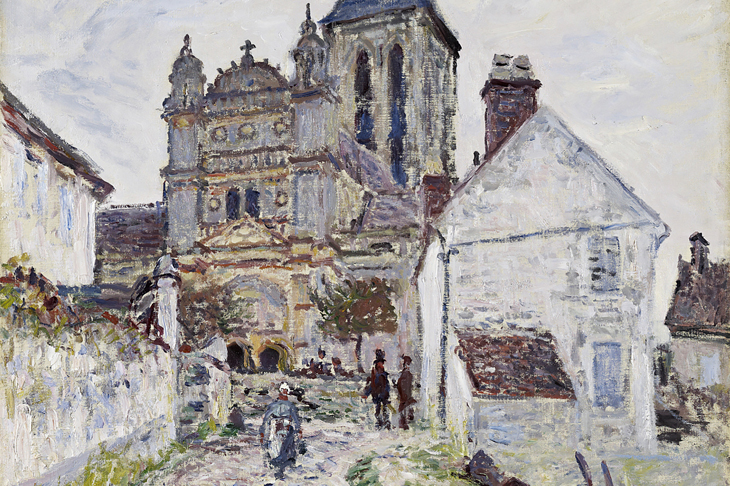
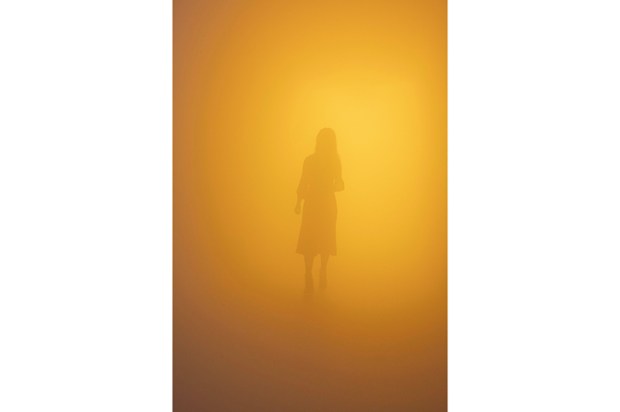


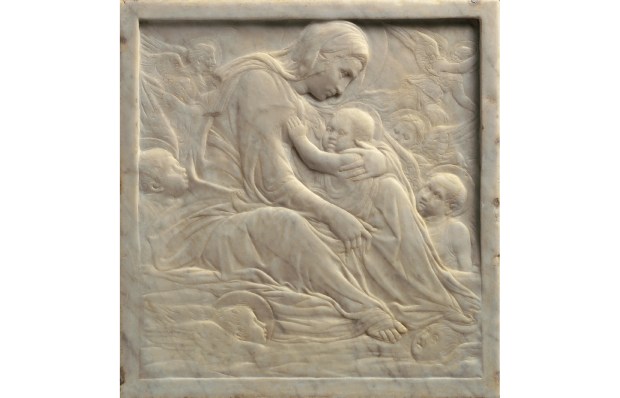
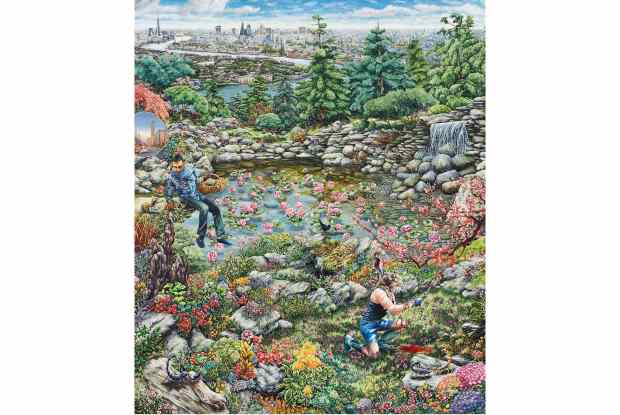
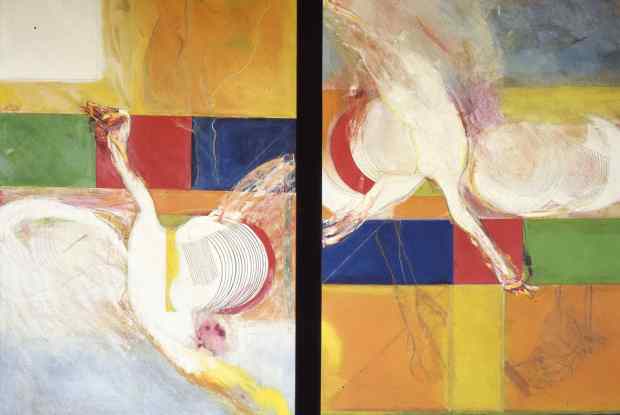






Comments
Don't miss out
Join the conversation with other Spectator Australia readers. Subscribe to leave a comment.
SUBSCRIBEAlready a subscriber? Log in